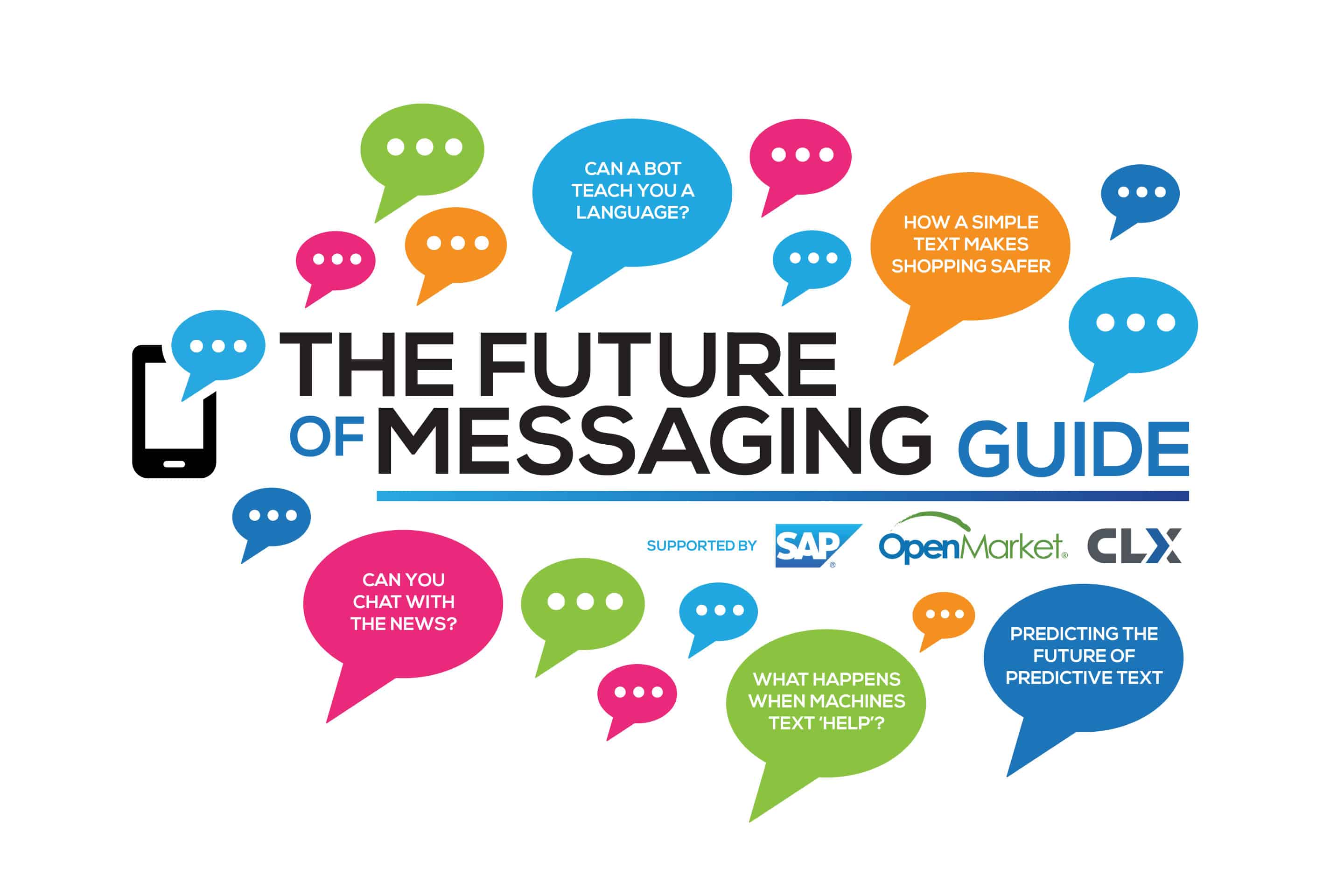Email, voice, fax, postcards. Mobile messaging has battered them all. Now, it’s even teaching Tim Green Spanish. To mark the publication of MEF’s Future of Messaging Guide, he celebrates the world’s favourite medium…
Buenos dias lectores. Como estan?
Yes, I am learning Spanish. And I am getting lots of help from my new friends Chef Roberto (the legendary pizza maker) and Renée the driver.
They are very patient with me, and happy to talk at my rudimentary level.
Oh, and I should add: they are not human. They are bots.

You see, I am learning Spanish from the amazing Duolingo app. (Of course I am – this is the MEF Minute blog. Everything we do here is mobile-based).
Duolingo helps people learn foreign languages through gamification techniques. It uses clever little memory puzzles and quizzes to reinforce learning. And you can earn virtual currency to spend on extras to make your experience more fun.
Obviously, this is all excellent for memorising words and phrases. But it’s not great for conversation. And for a long time, this was a major headache for Duolingo.
Gina Gotthilf, VP of growth at Duolingo, told me: “One of the main reasons people learn languages is to have conversations in that language. Yet the way we learn languages – memorising vocabulary and learning grammar rules – is actually very different from coming up with things to say in real-time.”
At first, Duolingo tried pairing learnings. So, for example, a German learning Italian would talk to an Italian learning German. But it found that most people were too embarrassed for it to be effective. The gap in ability between the two users was too great.
So how did Duolingo solve the problem? It created bots: Roberto and Renée.
Gotthilf explains: “Talking to a bot isn’t awkward or daunting at all. It’s an experience that’s fully in your control and provides a way to practice conversation privately, without the fear of sounding unintelligent… you can think before you have to reply instead of demanding an immediate reaction.”
Of course, Duolingo is far from alone in discovering the benefit of bots. Mastercard has developed one that lets cardholders ‘talk’ to their accounts. Sage has created Pegg – a virtual accountant, while online journal Quartz has launched an app that lets you chat to the news.
I know a bit about these use cases because they all feature in MEF’s new Future Of Messaging Guide sponsored by CLX, OpenMarket and SAP. It’s a free 70 page download comprising around 30 articles on imaginative uses of messaging now – and glimpses at where the medium might go in the future.
The Guide also provides a focal point for MEF’s Future of Messaging Programme which works with all companies in the messaging ecosystem to promote best practice in order to limit fraud and identify new opportunities for mobile messaging.
Alongside bots, the Guide looks at A2P messaging, the IoT and OTT apps. It answers questions such as
- How did sending anti-fraud texts to customers at the point of purchase save one bank tens of millions of pounds a year
- Can conversational commerce blend the immediacy of e-commerce with the humanity of the high street?
- What’s behind the next big breakthrough in predictive text?
I think it’s a well-timed project. After all, most readers will know that mobile messaging has emerged as the world’s favourite medium for communications. It’s left email far behind. And it’s certainly vanquished voice. Who speaks on the phone these days?
Without doubt, text has ‘won’.
Now, the big question is whether messaging can pull off its final coup and become not just the destination but the ‘language’ of our digital lives.
This is a topic addressed by mobile guru Benedict Evans in another article in the guide. He wonders whether messaging will emerge as the new ‘runtime’.
In other words, first we had the desktop era, with web pages and hot links and search boxes. Then we had the era of native apps. Now, it’s possible to do most things by messaging – whether inside apps like WeChat or by talking to chatbots like my pizza-making friend.
Fascinating stuff, I’m sure you’ll agree. The guide has been fun to write and research. Hope it’s fun to read.
Download the Future of Messaging Guide here for free
The Future of Messaging Guide explores the uses cases, platforms & technologies that are changing the landscape of messaging globally. From A2P to OTT, chat bots to smart machines, we explore how the world’s most powerful medium is shaping up for tomorrow.
The guide features over 25 cross-sector case studies and exclusive interviews that examine the power of messaging in all its forms from the humble SMS and chat apps to emerging platforms and explores what’s next for messaging.






